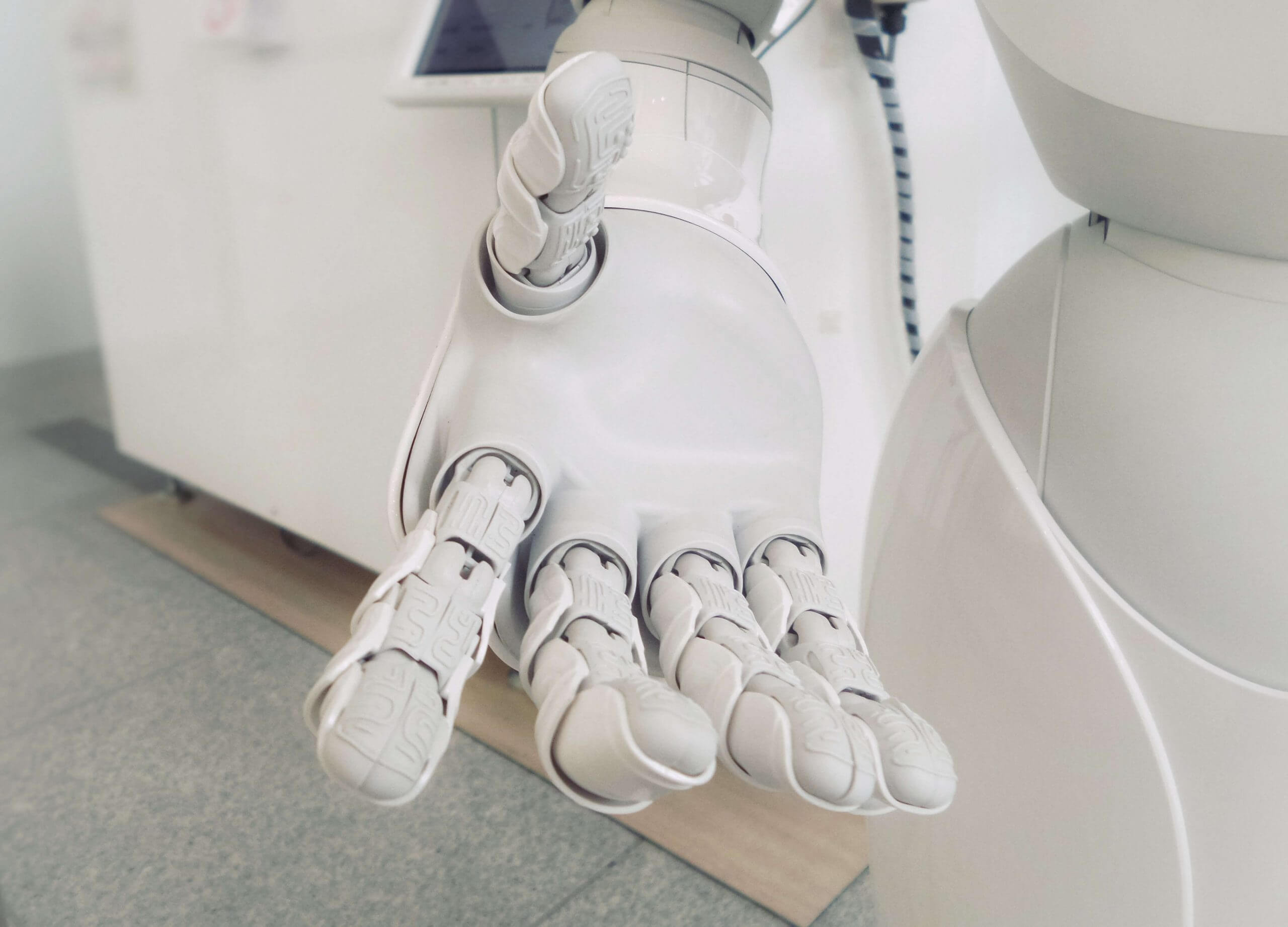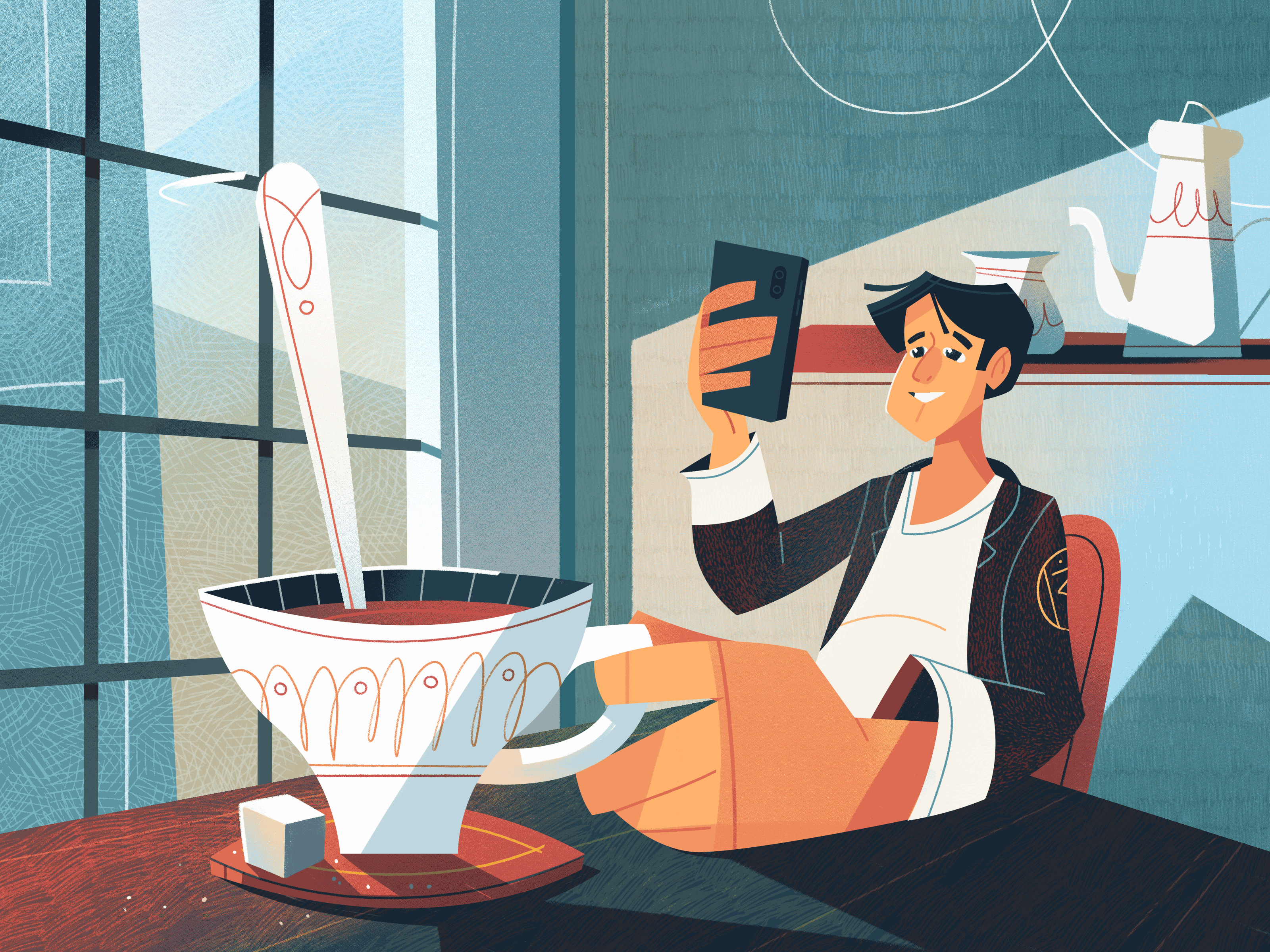It’s 2019 and self-driving cars we used to see in movies just a few years back are a real thing now. Artificial Intelligence and Machine Learning are performing magic. The autonomous revolution is set to change the way people commute and transport goods. It will impact every aspect of our lives for sure.
According to a research global spending on AI will grow to $7,3 billion a year by 2022, from $2 billion in 2018, and that’s in retail only. Businesses would prefer to invest way more in Machine Learning technologies. In fact, about 38% of consumers believe that Artificial Intelligence will improve customer service.
When it comes to design, there’s a lot of hype around AI and ML, and using algorithms to shape its future, as well as the role of designers in general.
An interesting claim is that robots will be taking over some jobs currently occupied by humans. From chatbots replacing customer service, to Amazon developing drones to deliver orders, it pretty much seems like we’re at the beginning of a robotic revolution.
Let’s have a look at how AI and ML are starting the next UX design revolution. First of all let’s be clear:
Designers won’t be replaced by robots
At least not yet. Good evidence of that is The Grid, a website development system, that needs no designers. A few months after it’s an announcement, sites designed by it came out. They were a complete failure.
Yes, many jobs will soon be taken over by robots. They are mostly the so-called blue-collar jobs, like drivers, for example. When it comes to Design, it so doesn’t consist of the same actions done over and over again every day. Only humans are able to create empathy for other users.
According to a study, 62% of designers are interested in Artificial Intelligence and machine learning and the benefits it can add to their working process. Instead of taking over the designer’s job, robots will more likely be useful to them. This brings lots of opportunities and could actually lead to the next UX design revolution.
Personalized user experience
Did you know that you’re 276,74 times more likely to climb Mt. Everest than click on a banner ad? This only shows how frustrating ads might be to users. So how could we change that without getting rid of our beloved ads? In 2018 only mobile ad spend worldwide amounted to $147,6 billion. Another question comes to mind: Why spending so much on something which users hate?
Machine Learning helps to personalize ads according to the users’ behavior, their search data, location, social media activity or even their bank account. This way when it pops up on their screen, they see something actually useful to them, so they are more likely to click on the ad or even make a purchase.
Artificial Intelligence helps brands create a far more personalized experience to their customers and that’s exactly what they look for. Nowadays users are all about convenience, so the closer the experience is to their needs and behavior, the better.
With the help of AI and ML designers can provide to consumers functions like a fingerprint for placing orders, or access their devices to converse with chatbots. It opens up a number of possibilities for business to build interactive and personalized customer experience.
Smarter design system
Machine learning and Artificial Intelligence can make your design systems more robust. A design system is a series of patterns, elements and modules that build the design language of a brand or product. Startups and enterprises trust them to keep their products consistent for users.
Think of adding a layer of intelligence to these systems, which can analyze metrics and interactions of users with each element, and understand which works best for each function. As AI is learning about what works and what doesn’t, it can optimize modules to deliver better results.
AI-driven UX design doesn’t mean that sites will start designing themselves. Instead, it helps to decrease the requirements of maintenance and optimization.
Analyzing large amounts of data
Users and systems are getting more and more every second. Every interaction that a user has with one of those systems generates data. Its analysis is becoming very complex. Pretty soon most of the processes of collecting and analyzing data will be done by artificial intelligence.
Analytics specialists will be able to make a deeper analysis of consumer’s interactions with a product. Machine learning will be able to identify potential areas of optimization in the product and understand how it could happen. Furthermore, it would be able to implement the change and run an A/B test.
In the very near future machines will do the work, while designers will be the strategists arranging all the optimization processes.
Design for imperfection
AI and ML are powerful but still far from perfect. Human behavior is pretty complicated and often hard to predict. AI agents like Amazon Alexa are making strides in understanding natural language. If you’ve ever used it, you probably know that it still has a hard time understanding the nuances in the way we speak.
Designers at ui ux design company have to be aware of these limitations and provide users with the option to escape choices made by machines. There are many concepts in the way we use our devices and eventually, machines could learn to automatically account for most of them.
Analyzing a user’s listening patterns to recommend new music is another example. If you play songs in some specific case, this will count towards the algorithms that determine what music to be recommended to you. Even though it’s not even close to what you’re looking for, you’ll have these wrong recommendations.
AI and ML have still a long way to go and designers should keep in mind such use cases and create ways users can opt-out of learning and modify the data.
Final Thoughts
It’s only a myth that technology will start replacing people. Instead, it could help us automate repetitive tasks and provide designers with more time to come up with creative ideas and focus on the strategic side of design.
AI and ML bring amazing advantages to UX design, as well as other industries. Their development and implementation will make designers work way more efficient and user experience will become highly personalized. Mentioning only some of the benefits that AI and ML provide, it’s safe to say that they are starting the next UX design revolution.





















